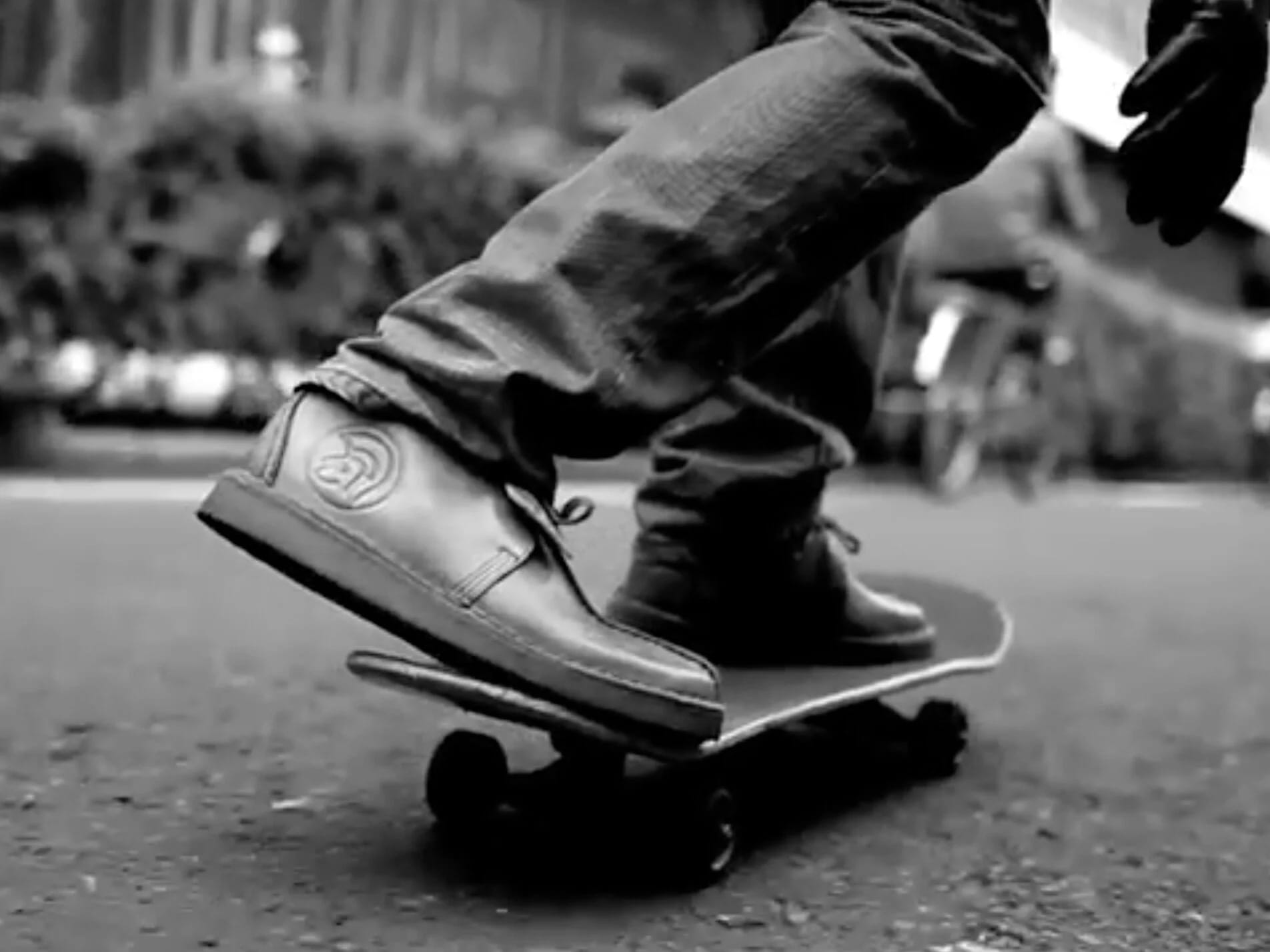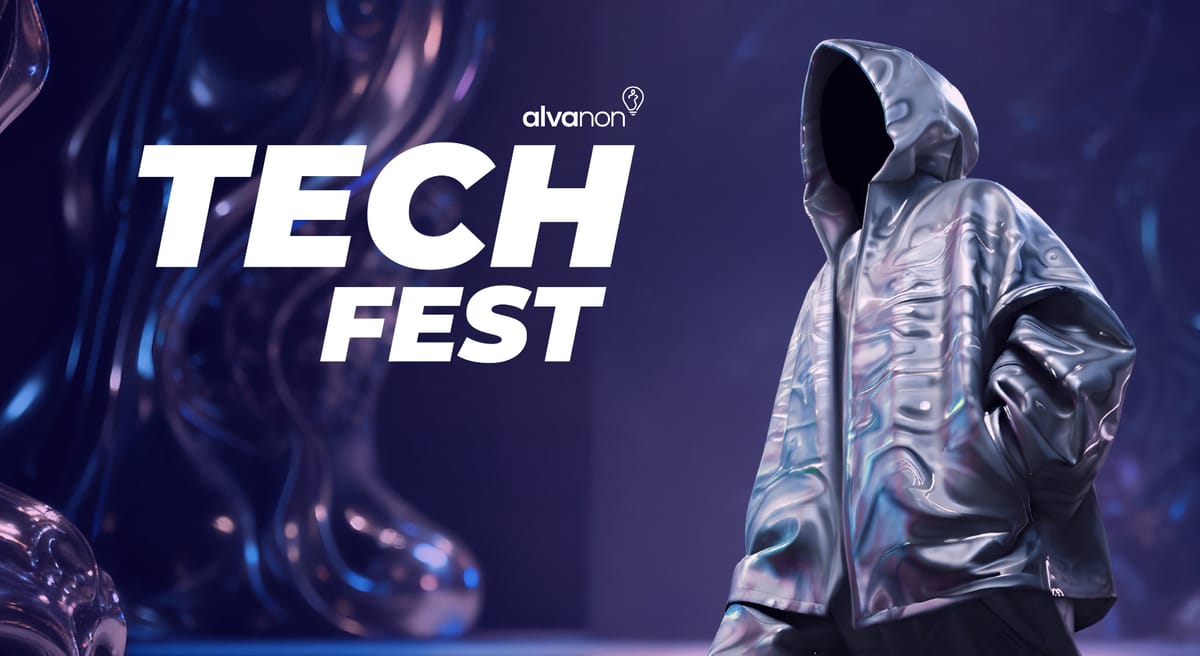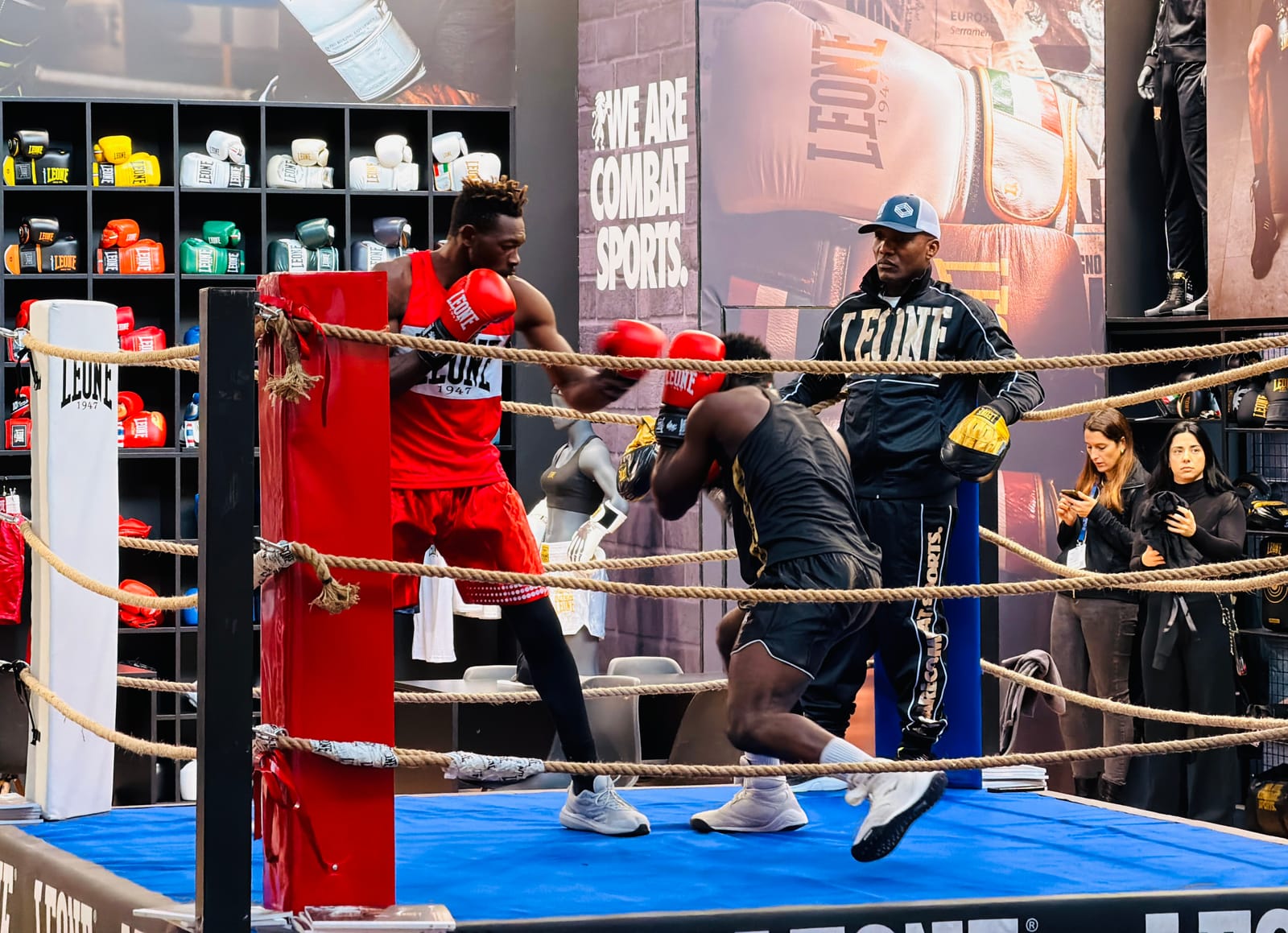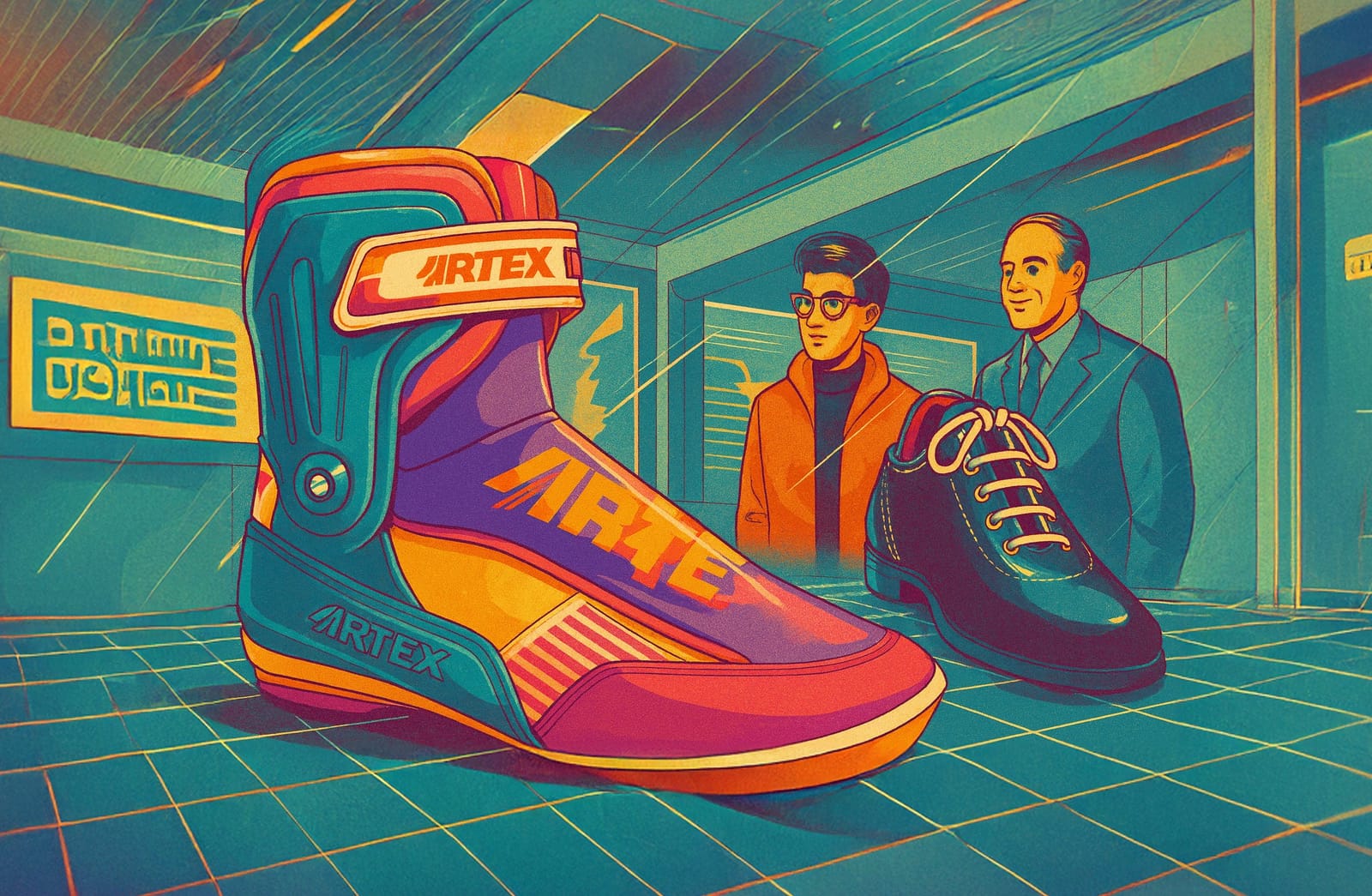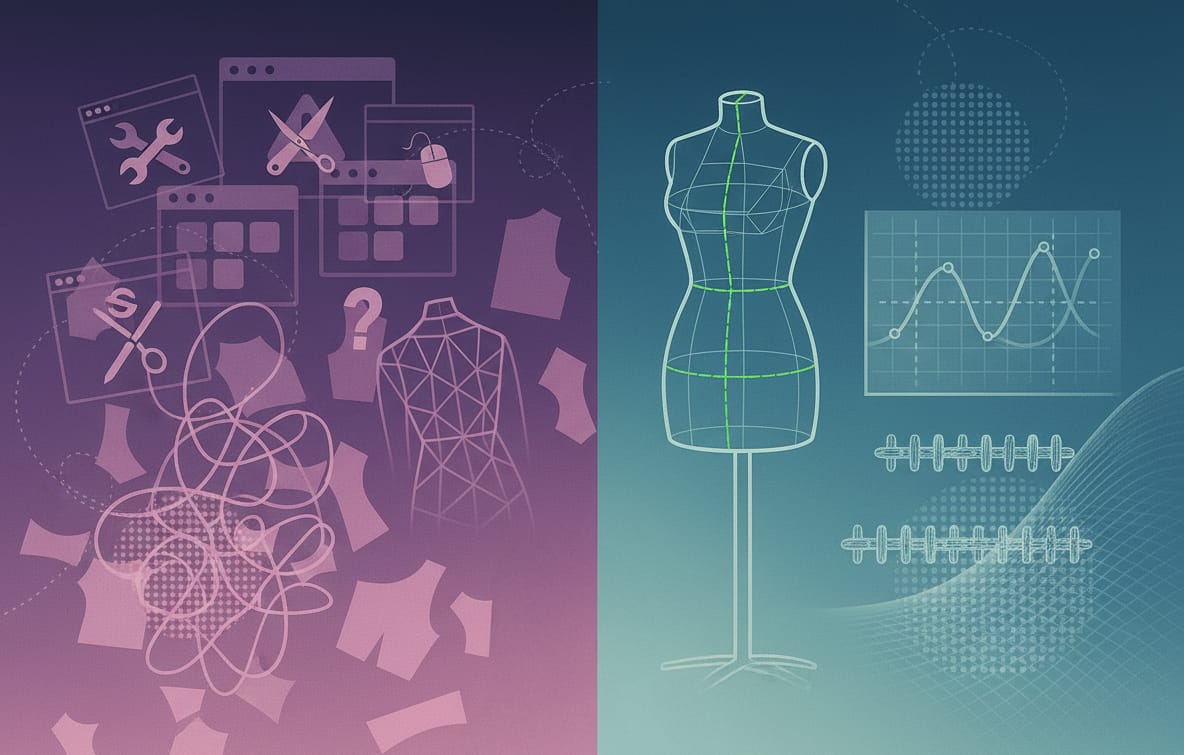Footwear is often treated as product: silhouettes and SKUs, drops and door counts. But Dr. Alexandra Sherlock asks us to look again. A socio-cultural anthropologist, lecturer at RMIT, and founder of the Footwear Research Network, Sherlock uses shoes as a lens on identity, community, and the messy human behaviours that make or break “sustainability.” In our recent conversation, Alexandra traces the social life of shoes - from sketch to shop floor to wardrobe afterlife - and makes a compelling case for reframing value around meaning, memory, and care.
“Shoes are a wonderful way to understand identity broadly,” she notes. “They’re adopted differently across cultures and generations.” That simple idea unspools into a different brief for designers and brand leaders: less about controlling who the product is “for,” and more about listening to where it actually ends up...on unexpected feet, in unexpected places, all while accruing unexpected stories.
🎥 Watch the full share-out below, and/or scroll for the highlights and hard-hitting takeaways.
Key Takeaways
1. Shoes are cultural biographies, not just commodities
Shoes move through many lives - from raw material to commodity, to memory-laden possession, to archive, resale, or landfill. Each stage adds meaning, shaping how people identify themselves and their communities. Sherlock’s work on Clarks Originals shows how a boot can travel from English military officers to Jamaican reggae culture to Britpop icons, gathering cultural value that no marketing campaign could have scripted.
“Shoes are a wonderful way to understand identity broadly… they’re adopted differently across cultures and generations.”
Bottom Line: Track product biographies as carefully as sales data. They reveal where authenticity lies and where future value will be built.
2. Emotional durability outlasts fashion cycles
Consumers form attachments when shoes age well, tell stories, and mirror life’s milestones. Sherlock described how leather that moulds to the body or soles that can be re-soled create a “living” product, one that grows in personal and cultural significance. That’s why some pairs end up stored under the bed or kept as heirlooms rather than discarded.
“If objects don’t reciprocate our love, we break up with them. But when they improve with time, the relationship stays alive.”
Bottom Line: Design for attachment, not churn. Prioritise materials and finishes that evolve with wear and services that extend the bond.
3. Culture is the foundation of sustainability
The industry often frames sustainability as a technical challenge of new materials or production methods. Sherlock reframes it as a cultural one: people keep, care for, and reuse shoes because they mean something. Icons like the Desert Boot or Air Jordan remain “accidentally sustainable” because their significance endures across decades and contexts.
“We need to learn - and unlearn - by observing what shoes actually do in the world.”
Bottom Line: Don’t separate culture from sustainability. Treat cultural vitality as the mechanism by which ecological goals endure.
4. Listening beats controlling
Brands often try to dictate who shoes are “for,” but consumers inevitably repurpose them. The Originals story shows that credibility comes not from policing adoption, but from openness to subcultures, musicians, and wearers reinventing the meaning of a shoe. Sherlock warned that brands who attempt to over-control these flows often end up disconnected from reality.
“Some brands try to control whose feet their shoes end up on. The better move is to pay attention to what’s really happening and learn from it.”
Bottom Line: Stop gatekeeping. Develop retail listening programmes, ethnographies, and community partnerships to stay aligned with reality.
5. Archives and storytelling are living assets
Clarks’ archive and projects like Clarks in Jamaica illustrate how heritage, when respected, builds bridges with communities. Sherlock emphasised the value of remembering: museums, DJs, writers, and archivists all help connect past significance with present meaning, and keep brand stories alive.
“They understood the significance of those shoes in the past…and used it to connect with consumers in the present.”
Bottom Line: Put your archives to work. Share heritage stories, cultural ties, and community voices to strengthen brand DNA and authenticity.
6. Technology should surface meaning, not just images
Digital Product Creation and AI are often seen as efficiency tools, but Sherlock sees them as narrative tools too. They can trace provenance, reveal stories of use, and invite consumers into the biography of a shoe, from factory floor to resale or archive. Used this way, technology can amplify appreciation, not just aesthetics.
“How can we leverage technology to tell the social lives of shoes - their previous lives, cultural ties - and increase appreciation?”
Bottom Line: Reframe tech as cultural infrastructure. Use DPC assets outwardly to narrate lineage, care, and connection, not just render faster.
7. Business models of care and ceremony
When consumers struggle to throw shoes away, it signals untapped value. Sherlock described how some would pay almost as much for a proper re-sole as for a new pair, while others keep beloved shoes tucked away or even display them. These “afterlives” suggest demand for services that frame care, repair, and even retirement as experiences in themselves.
“Some wearers would pay almost as much to re-sole with authentic rubber as for a new pair.”
Bottom Line: Monetise care. Expand beyond resale into refurbishment, ceremonial retirement, and upcycling that honour emotional value.
8. Designers must learn to unmake
Sherlock challenges the next generation of designers to dismantle both products and assumptions: designing for disassembly, but also questioning inherited defaults around what shoes are and do. In her teaching, she urges students to experiment with unmaking as much as making - opening the door to new forms of circularity.
“It’s about unmaking - physically, through dismantling, and conceptually, by unlearning what we think we know about shoes.”
Bottom Line: Bake “unmaking” into design briefs. Reward experimentation that enables disassembly, reuse, and re-interpretation across cultures.
Footwear may be made of leather, rubber, foam, or fabric, but as Sherlock shows, it is also made of memory, ritual, and meaning. If the industry wants to talk seriously about longevity, circularity, or even brand value, it can’t ignore the social lives of shoes. The challenge and opportunity is to design with culture in mind, listen to where products really end up, and build models that honour care as much as consumption.
We’d love to hear your perspective: how is your brand treating shoes as more than product?
Share your thoughts in the comments and/or reach out to Alexandra directly to continue the conversation.

